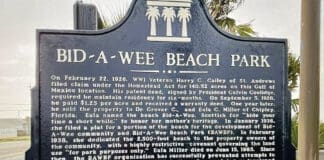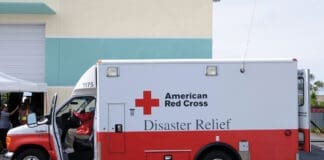- Panama City Beach |
- Upper Grand Lagoon |
- Lower Grand Lagoon |
- Laguna Beach |
- Sunnyside
 PCB Life | Panama City Beach News, Events and Community Information
PCB Life | Panama City Beach News, Events and Community Information
© © MyPCBLife.com All Rights Reserved
 PCB Life | Panama City Beach News, Events and Community Information
PCB Life | Panama City Beach News, Events and Community Information

